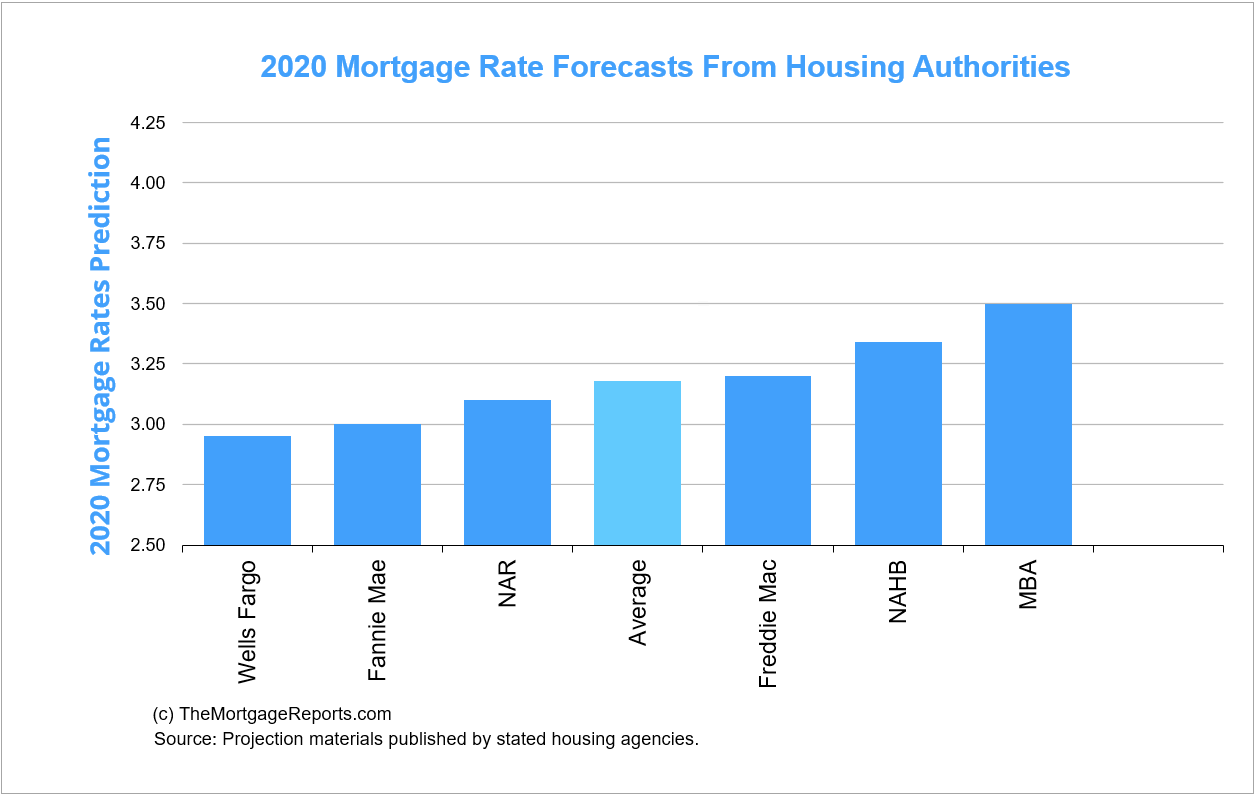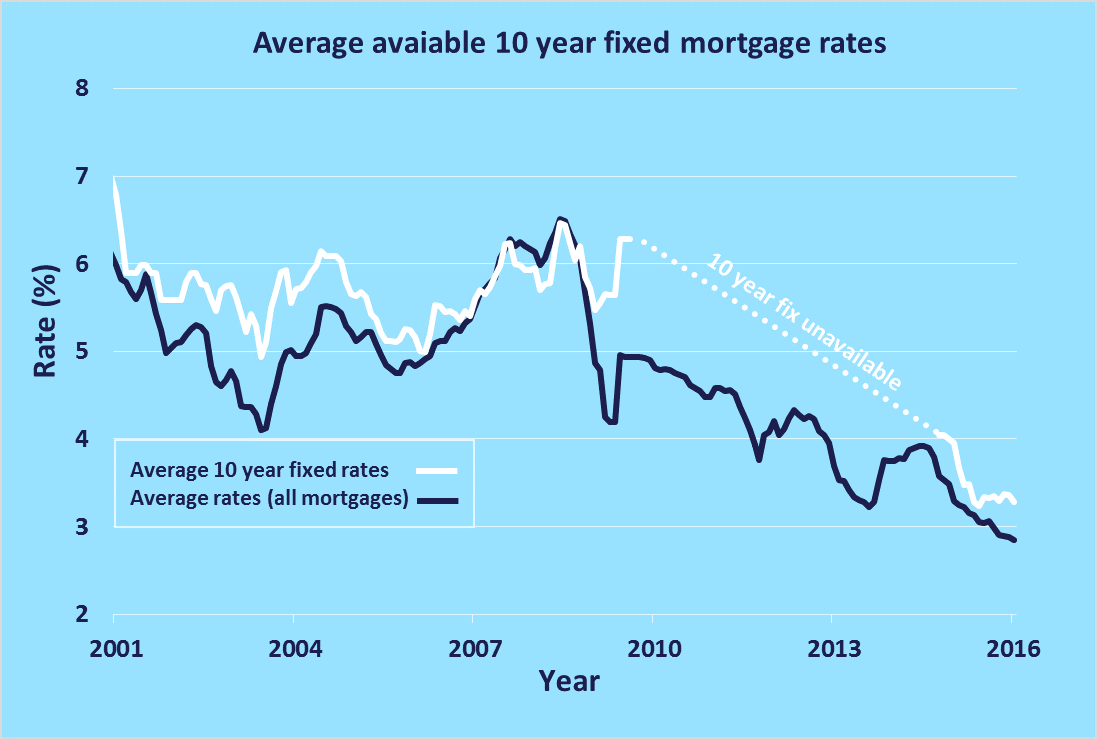When you shop for a house, you may hear a little bit of market lingo you're not familiar with. We've developed an easy-to-understand directory site of the most common home loan terms. Part of each month-to-month home wesley browning mortgage payment will go towards paying interest to your loan provider, while another part goes towards paying down your loan balance (likewise called your loan's principal).
During the earlier years, a higher portion of your payment goes towards interest. As time goes on, more of your payment goes toward paying down the balance of your loan. The deposit is the cash you pay upfront to buy a home. Most of the times, you need to put cash down to get a home loan.
For example, conventional loans require as little as 3% down, however you'll have to pay a monthly fee (understood as private home loan insurance) to make up for the little down payment. On the other hand, if you put 20% down, you 'd likely get a better rates of interest, and you would not have to spend for private home loan insurance.
Part of owning a house is spending for property taxes and property owners insurance coverage. To make it simple for you, lending institutions set up an escrow account to pay these expenses. how do reverse mortgages work in florida. Your escrow account is handled by your lending institution and functions type of like a checking account. No one makes interest on the funds held there, however the account is utilized to collect cash so your loan provider can send payments for your taxes and insurance coverage in your place.
Not all home loans feature an escrow account. If your loan doesn't have one, you need to pay your real estate tax and homeowners insurance bills yourself. However, the majority of lending institutions use this option because it permits them to ensure the real estate tax and insurance coverage bills make money. If your deposit is less than 20%, an escrow account is needed.
How Does Securitization Of Mortgages Work Things To Know Before You Buy
Keep in mind that the amount of cash you require in your escrow account is reliant on how much your insurance and residential or commercial property taxes are each year. And because these expenses may change year to year, your escrow payment will change, too. That implies your monthly mortgage payment might increase or reduce.
There are two kinds of home loan interest rates: fixed rates and adjustable rates. Repaired interest rates stay the same for the whole length of your home mortgage. If you have a 30-year fixed-rate loan with a 4% rate of interest, you'll pay 4% interest till you pay off or refinance your loan.
Adjustable rates are rates of interest that alter based on the marketplace. Many adjustable rate home mortgages start with a set rates of interest period, which normally lasts 5, 7 or 10 years. Throughout this time, your interest rate remains the same. After your set rates of interest period ends, your rate of interest changes up or down when annually, according to the market.
ARMs are right for some debtors. If you prepare to move or refinance prior to completion of your fixed-rate period, an adjustable rate mortgage can give you access to lower interest rates than you 'd normally discover with a fixed-rate loan. The loan servicer is the company that supervises of supplying month-to-month home mortgage declarations, processing payments, managing your escrow account and responding to your queries.

Lenders might offer the servicing rights of your loan and you might not get to pick who services your loan. There are many kinds of home loan. Each comes with various requirements, rates of interest and advantages. Here are a few of the most typical types you may hear about when you're applying for a home loan - reverse mortgages how they work.
Not known Details About How Do Escrow Accounts Work For Mortgages
You can get an FHA loan with a deposit as low as 3.5% and a credit score of simply 580. These loans are backed by the Federal Real Estate Administration; this indicates the FHA will compensate loan providers if you default on your loan. This reduces the risk lenders are taking on by lending you the cash; this means lenders can use these loans to borrowers with lower credit history and smaller deposits.
Standard loans are frequently likewise "adhering loans," which means they meet a set of requirements defined by Fannie Mae and Freddie Mac two government-sponsored enterprises that buy loans from lenders so they can provide home mortgages to more people - buy to let mortgages how do they work. Conventional loans are a popular option for purchasers. You can get a conventional loan with as low as 3% down.
This contributes to your regular monthly expenses but permits you to enter a new house earlier. USDA loans are just for homes in eligible rural locations (although numerous homes in the suburbs certify as "rural" according to the USDA's meaning.). To get a USDA loan, your family earnings can't go beyond 115% of the location median earnings.
For some, the warranty fees required by the USDA program expense less than the FHA mortgage insurance coverage premium. VA loans are for active-duty military members and veterans. Backed by the Department of Veterans Affairs, VA loans are a benefit of service for those who've served our country. VA loans are an excellent alternative because they let you buy a home with 0% down and no private mortgage insurance.
Each regular monthly payment has 4 significant parts: principal, interest, taxes and insurance. Your loan principal is the quantity of money you have actually delegated pay on the loan. For example, if you obtain $200,000 to buy a house and you pay off $10,000, your principal is $190,000. Part of your regular monthly home loan payment will immediately approach paying down your principal.
What Does How Do Second Mortgages Work Do?

The interest you pay every month is based upon your rates of interest and loan principal. The cash you spend for interest goes directly to your home mortgage supplier. As your loan develops, you pay less in interest as your principal declines. If your loan has an escrow account, your month-to-month home loan payment might also include payments for real estate tax and house owners insurance coverage.
Then, when your taxes or insurance coverage premiums are due, your lender will pay those bills for you. Your home mortgage term describes how long you'll pay on your home mortgage. The 2 most typical terms are 30 years and 15 years. A longer term usually indicates lower regular monthly payments. A shorter term normally implies larger regular monthly payments but substantial interest savings.
For the most part, you'll need to pay PMI if your down payment is less than 20%. The cost of PMI can be contributed to your regular monthly mortgage payment, covered through a one-time upfront payment at closing or a mix of both. There's also a lender-paid PMI, in which you pay a somewhat greater interest rate on the mortgage instead of paying https://www.globenewswire.com/news-release/2020/06/25/2053601/0/en/Wesley-Financial-Group-Announces-New-College-Scholarship-Program.html the monthly cost.
It is the composed guarantee or contract to repay the loan using the agreed-upon terms. These terms include: Interest rate type (adjustable or repaired) Rates of interest percentage Amount of time to pay back the loan (loan term) Amount obtained to be repaid in complete Once the loan is paid in full, the promissory note is given back to the debtor.